Gardening can be a rewarding and enjoyable hobby for everyone, whether you are new to it or experienced. If you’re just starting out, it’s best to begin with simple, low-maintenance plants and tasks. Taking on too much too soon can lead to more failures than successes.
One tip for beginners is to always read the plant tags and follow the recommended care instructions. Soil quality is also important for the health and growth of plants. Testing the soil and amending it with compost and leaf mold can greatly improve gardening success. Understanding the light conditions in your garden or home is crucial when choosing plants, as different plants require specific light conditions to thrive.
Starting small with easy-care, low-maintenance plants is recommended for beginners or those with busy lifestyles. It’s also important to know your hardiness zone and first and last frost dates to ensure the safety of your plants. Budget-friendly flower garden design can be achieved by choosing perennials or planning ahead for seasonal changes. Gardening can provide solace during difficult times and has numerous benefits for mental well-being.
This book offers practical guidance for creating and caring for a garden, as well as tips for eco-friendly practices and fun projects for all ages.
Key Takeaways:
- Start simple with low-maintenance plants and tasks
- Read plant tags and follow care instructions
- Test and improve soil quality
- Understand light conditions for plant selection
- Know your hardiness zone and frost dates
- Design budget-friendly flower gardens
- Find solace in gardening for mental well-being
- Explore eco-friendly gardening practices and fun projects
Designing and Planting Your Garden
Learn about designing and planting, growing your own fruits and vegetables, and attracting wildlife to your garden. Designing and planting your garden is an exciting and rewarding experience. Whether you are new to gardening or an experienced gardener, there are tips and techniques that can help make your gardening journey easier and more successful.
One important aspect of designing and planting your garden is getting to know your space and learning about different planting styles and techniques. Understanding your garden’s light conditions is crucial for choosing the right plants that will thrive in your specific environment. Reading plant tags and following the grower’s recommendations is essential for ensuring the well-being of your plants.
Soil quality is another important factor to consider when designing and planting your garden. Good quality soil is necessary for nourishing plant roots and promoting healthy growth. Testing your soil and amending it with compost and leaf mold can greatly improve its fertility and drainage.
It’s also important to start small with easy-care and low-maintenance plants, especially if you are new to gardening or have a busy lifestyle. Choosing plants that require less attention will increase your chances of success and make gardening more enjoyable.
Knowing your hardiness zone and the first and last frost dates is crucial for planning and planting your garden. Understanding the different types of plants, such as perennials and annuals, can also help you create a budget-friendly flower garden.
In addition to the basics of gardening, there are also eco-friendly practices you can incorporate into your garden, such as vermicomposting and no-till “lasagna” gardening. Attracting pollinators to your garden is important for promoting biodiversity, and there are various projects you can engage in, such as building a bean teepee or crafting wildflower seed paper.
Overall, designing and planting your garden is a journey that can provide solace and joy. By following these tips and techniques, you can create a beautiful and thriving garden that brings you closer to nature and enhances your outdoor space.
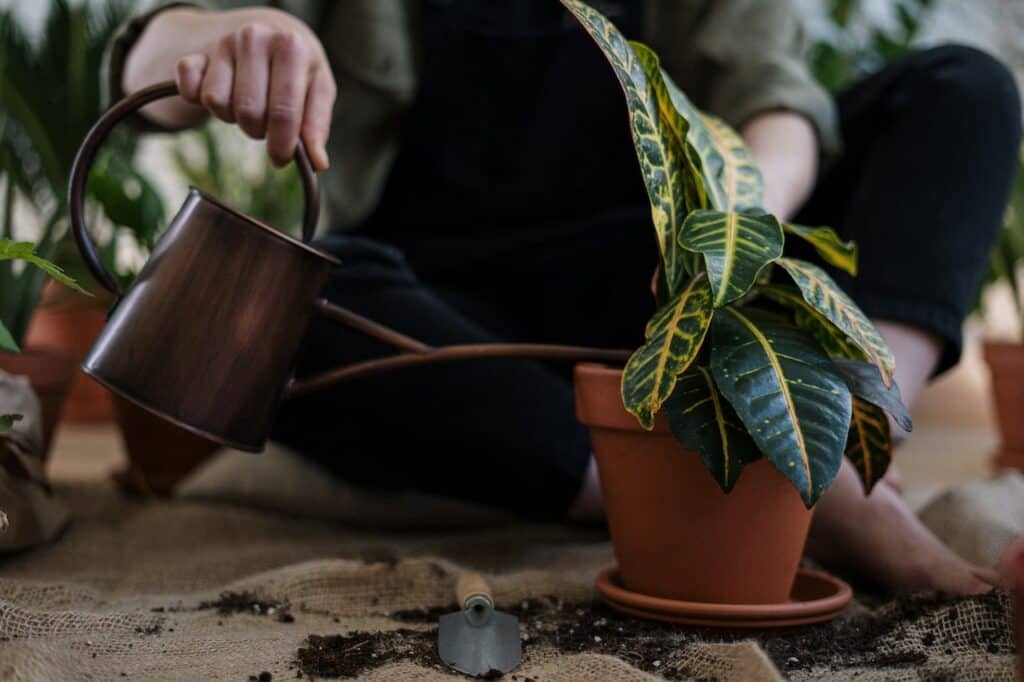
Reading Plant Tags and Care Tips
As a beginner gardener, it’s important to familiarize yourself with the basics of plant care. One of the most important practices is to read the plant tags that come with each plant. These tags provide essential information about the care and requirements of each plant, including its ideal light and water conditions and whether it prefers shade or full sun. It’s crucial to follow the instructions provided by the grower to ensure the health and survival of the plants.
Understanding the light conditions in your garden is also essential for the success of your plants. Some plants require full sun, while others prefer shade or partial sun. Research the light requirements of each plant and choose accordingly to ensure optimal growth.
As a beginner or someone with a busy lifestyle, it’s recommended to start small with easy-care, low-maintenance plants. These plants require less attention and are more forgiving of beginner mistakes. With time and experience, you can gradually take on more challenging plants.
Knowing the hardiness zone and the first and last frost dates in your area is crucial for successful planting. This knowledge ensures you plant at the appropriate time and avoid losing plants to frost damage. You can look up your hardiness zone on the USDA Plant Hardiness Zone Map.
Proper soil quality is also essential for plant growth and overall plant health. It’s important to amend your soil yearly with compost and leaf mold to improve its quality and ensure proper nutrient availability for your plants.
Finally, creating an eco-friendly garden is a great way to care for both the plants and the environment. Techniques such as vermicomposting and attracting pollinators are easy to implement and make a significant impact on the health of your plants and the surrounding ecosystem.
In summary, read plant tags and care for your plants accordingly to ensure their survival. Understanding light conditions, starting small with easy-care plants, knowing hardiness zones and frost dates, nurturing your soil, and embracing eco-friendly practices are all key components of effortless gardening for beginners.
Nurturing Your Soil
Focus on soil quality to nourish plant roots and improve overall gardening success. As a beginner gardener, it’s easy to get caught up in the excitement of selecting plants and designing a garden layout, but neglecting the soil can lead to disappointing results.
Start by testing your soil to determine its pH level and nutrient content. This will help you understand what amendments are needed to achieve healthy soil. Compost and leaf mold are excellent additions that will improve soil structure and add vital nutrients. Be sure to mix amendments in well, and avoid adding too much at once.
Incorporating green manure cover crops, such as clover or vetch, can also improve soil quality. These crops are typically grown in between plantings to add organic matter and improve soil structure.
Another key aspect of soil nurturing is avoiding compaction. Walking on soil compresses it, reducing air pockets and making it harder for plant roots to grow. To avoid this, create designated paths or walkways to limit foot traffic in garden beds.
Remember, improving soil quality takes time and effort, but the rewards are well worth it. Healthy soil leads to healthy plants, which in turn leads to a bountiful harvest.

Providing proper care for your soil is one of the fundamental basic gardening techniques that every beginner gardener should master. With a little patience and effort, your garden will flourish and bring you joy for years to come.
Understanding Light Conditions
As a beginner gardener, it’s essential to understand the light conditions in your garden. This will help you choose plants that are suitable for the amount of sunlight they require and ensure their success. It’s important to read plant tags carefully and follow recommended care instructions for each plant, as they require specific light conditions to thrive.
Gardeners should also pay attention to soil quality, as good soil nourishes plant roots and promotes healthy growth. When gardening outdoors, it’s crucial to understand the light conditions in different areas of the garden, such as full sun, part sun, part shade, or shade. By observing the patterns of sun and shade in your garden, you can determine which plants will do well in each area.
As a beginner, it’s a good idea to start with easy-care, low-maintenance plants that match your lifestyle. These plants require less attention and are less likely to be damaged if you make a mistake. Avoid fussy plants that require more attention and care until you gain more experience.
Knowing the hardiness zone and first and last frost dates is also important for planning and planting in outdoor gardens. Different plants have different tolerances for cold and heat, so it’s important to select plants that are suitable for your region.
Understanding light conditions is a key factor in creating and caring for a successful garden. By selecting plants that match the amount of sunlight they require and paying attention to soil quality, you can ensure that your plants will thrive and bring beauty to your garden.
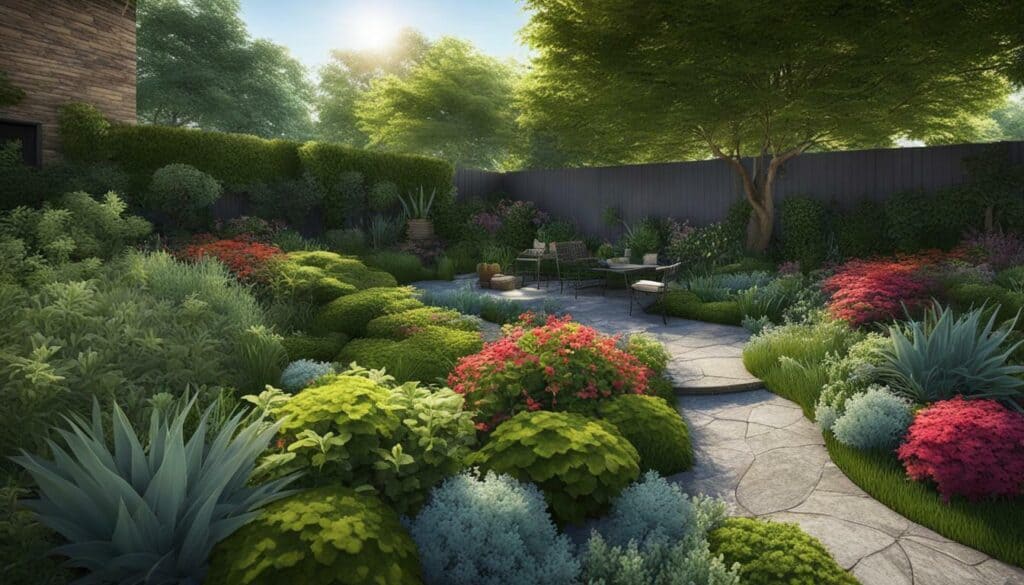
Choose plants that match the amount of sunlight they require
Starting Small with Easy-Care Plants
Starting a garden can be overwhelming, but it doesn’t have to be. As a beginner, it’s important to start small with easy-care, low-maintenance plants before taking on more challenging ones. This will allow you to get a feel for gardening and build your confidence before moving on to more complex plants.
When selecting plants, it’s essential to read the plant tags and follow the care instructions provided. This includes information on the plant’s light requirements, water needs, and soil preferences. By providing plants with the optimal growing conditions, you can ensure they thrive in your garden.
Soil quality plays a vital role in the success of your plants. Testing and amending the soil with compost and leaf mold is recommended to provide the necessary nutrients for healthy growth. By nurturing your soil, you’re setting your plants up for success.
Understanding the light conditions in your garden or home is crucial for selecting the right plants. Some plants require direct sunlight, while others prefer shade or filtered light. By choosing plants that are suited to your growing conditions, you’ll increase their chances of thriving.
Starting with small and manageable plants is advised for those with busy lifestyles, as they require less maintenance. Once you’ve grown comfortable with these plants, you can gradually start to introduce more challenging ones to your garden.
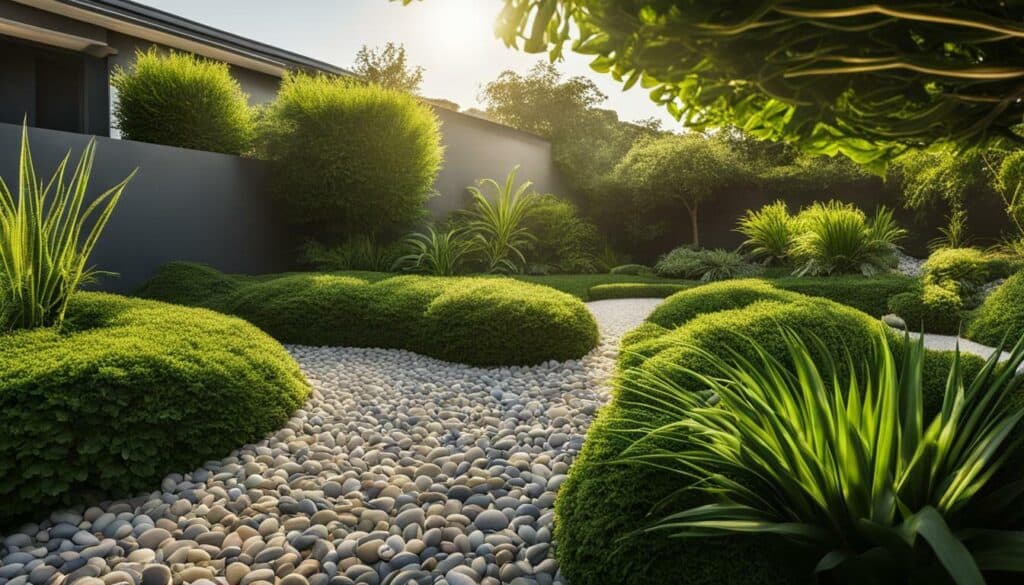
By starting small and gradually building your gardening skills, you’ll be able to create a beautiful, low-maintenance garden that brings joy and tranquility to your life.
Timing Your Planting
Know your hardiness zone and first and last frost dates to plant tender perennials, annuals, and houseplants at the right time. It is crucial to read plant tags and follow the recommended care instructions provided by the growers. Understanding the light conditions in your garden, whether it is full sun, part sun, part shade, or shade, will help you choose the right plants. Starting small with easy-care, low-maintenance plants is recommended, especially for beginner gardeners. Soil quality is also important, as good quality soil nourishes plant roots and promotes healthy growth.
When it comes to planting, timing is everything. It’s essential to plant tender plants after the last frost date to avoid damage from frost. On the other hand, planting too late in the season can lead to limited growth and a shorter blooming period. Keeping a gardening journal or calendar is an excellent way to keep track of when to plant different types of plants.
Gardening is a dynamic process, and it’s important to remain flexible. Sometimes, unexpected weather or other circumstances can affect your garden’s growth. However, by understanding your garden’s individual needs, you will be better equipped to make informed decisions about when to plant and how to care for your plants.
Eco-friendly gardening practices such as vermicomposting and no-till gardening can help improve soil quality and reduce waste. Attracting pollinators such as bees and butterflies can also benefit your garden’s eco-system. Overall, timing your planting and taking into consideration the specific needs of your plants will lead to a successful garden.

Reading Plant Tags and Care Tips
Creating Budget-Friendly Flower Gardens
Consider budget-friendly flower garden designs and choose colors that work in multiple seasons. With basic gardening techniques and easy gardening ideas, you can create a beautiful flower garden without breaking the bank. Growing your own fruits, vegetables, and ornamental plants can be a cost-effective option as well.
Attracting wildlife, such as birds, bees, and butterflies, to the garden not only enhances the beauty of the space but also promotes biodiversity. Keep an eye out for special offers and discounts to save money when purchasing bulbs or plants. Learning gardening tips and hacks can make the process easier and more successful.
Reading plant tags and following the care instructions provided can prevent plants from failing. Furthermore, nurturing soil quality promotes healthy growth and nourishes plant roots. Understanding light conditions is crucial for selecting appropriate plants and ensuring their success.
Starting small with easy-care, low-maintenance plants is recommended for beginners or individuals with busy lifestyles. Knowing one’s hardiness zone and the first and last frost dates helps in planning the flower garden accordingly. Creating a budget-friendly flower garden can involve strategic design choices, such as selecting perennials and versatile plants that can be enjoyed throughout the seasons.
| Eco-Friendly Tips: | List of Plants: |
|---|---|
|
|
Utilizing eco-friendly practices, like vermicomposting and attracting pollinators, creates a sustainable and cost-effective garden. Various fun projects, such as building a bean teepee or making wildflower seed paper, can also add creativity and enjoyment to the gardening experience.
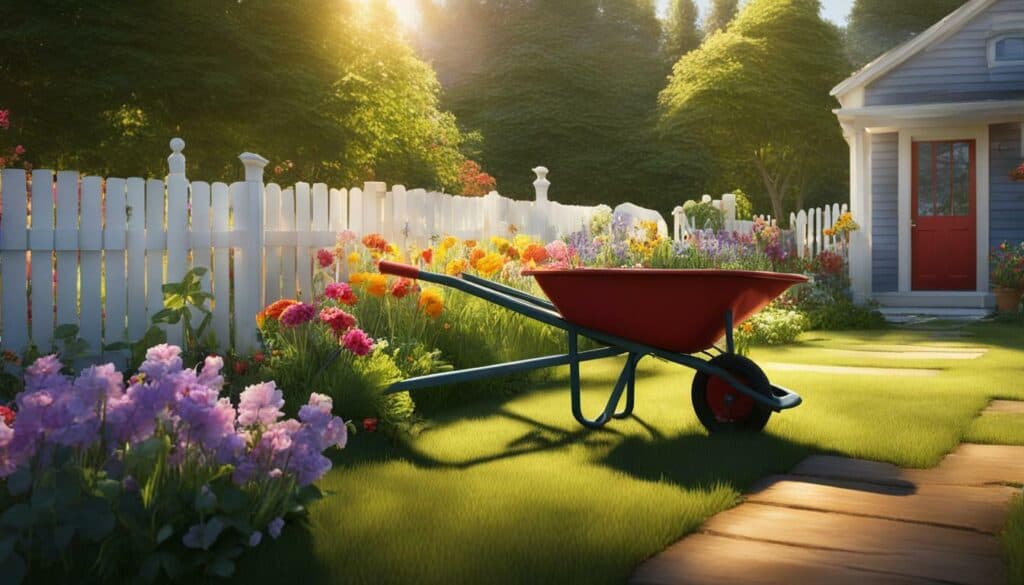
Cultivate a Thriving Flower Garden on a Budget
“Gardening on a budget can be a fun challenge that yields rewarding results. With basic gardening techniques and a little creativity, you can create a beautiful and sustainable flower garden that doesn’t break the bank.” – My Garden Journal
Finding Solace in the Garden
Find solace in the garden and let it tend to you as you tend to it. Gardening is a therapeutic activity that offers a sense of peace and accomplishment, making it a popular hobby during difficult times like the current global pandemic. Whether you’re a seasoned gardener or just starting, there are several tips and resources available to create and maintain a beautiful garden with ease.
To ensure a successful garden, it’s important to understand plant tags and follow the recommended care instructions. This helps to ensure the plants receive the right amount of water and nutrients, which are essential for healthy growth. Additionally, prioritizing soil quality by adding compost or other organic matter will help nourish the plants and improve overall garden health.
Another important factor to consider is light conditions. Different plants have varying light requirements, so it’s crucial to select plants that are suitable for the light conditions in your garden. Starting small with easy-care plants is also advisable for beginners, as it allows you to gain confidence and experience before taking on more challenging plants.
Knowing your hardiness zone and frost dates is also essential for successful gardening. Understanding these factors helps determine when it’s safe to plant certain crops, and can save you time and resources in the long run.
In addition to its therapeutic benefits, gardening can also be an eco-friendly activity. Practices like vermicomposting and attracting pollinators not only benefit the environment, but also enhance the overall health and productivity of your garden.
Engaging in fun projects, such as building a bean teepee or crafting with edible flowers, adds an element of creativity and fun to the garden. These projects also provide opportunities for learning and experimentation, making gardening a fulfilling and enriching hobby.
In conclusion, finding solace in the garden is a personal and rewarding experience that connects you with nature and provides a sense of tranquility. Whether you’re looking for a new hobby or just want to enhance your existing garden, there are several simple gardening tips and resources available to help you create and maintain a beautiful and fulfilling garden with ease.

Embracing Eco-Friendly Practices
Explore eco-friendly gardening practices such as vermicomposting and no-till gardening, and attract pollinators to your garden. As we become more aware of our impact on the environment, it’s crucial to adopt sustainable gardening practices to reduce our carbon footprint.
One way to achieve this is by growing your own ornamental plants and edible crops. By doing so, you can experience the joy of gardening while contributing to a greener future. Consider learning about planting styles and techniques, as well as how to start a vegetable plot or allotment.
Furthermore, wildlife gardening can attract birds, bees, bugs, and butterflies to your garden, promoting biodiversity. When gardening, it’s essential to read plant tags and follow the care instructions provided. Pay attention to factors such as soil quality, light conditions, and choosing plants that are easy to care for and low maintenance.
Understanding your hardiness zone and frost dates can help you plan your flower garden effectively. Consider designing an eco-friendly garden by implementing practices like vermicomposting, no-till gardening, and attracting pollinators. These practices can improve soil quality, reduce waste, and promote a healthy ecosystem for your garden.
Finally, engaging in hands-on projects such as building a bean teepee, crafting wildflower seed paper, and baking with edible flowers can make gardening more enjoyable and sustainable.
Embracing eco-friendly practices in your gardening routine can contribute to a greener and more sustainable future. Start by incorporating some of these tips and see the difference it can make in your garden and the environment.
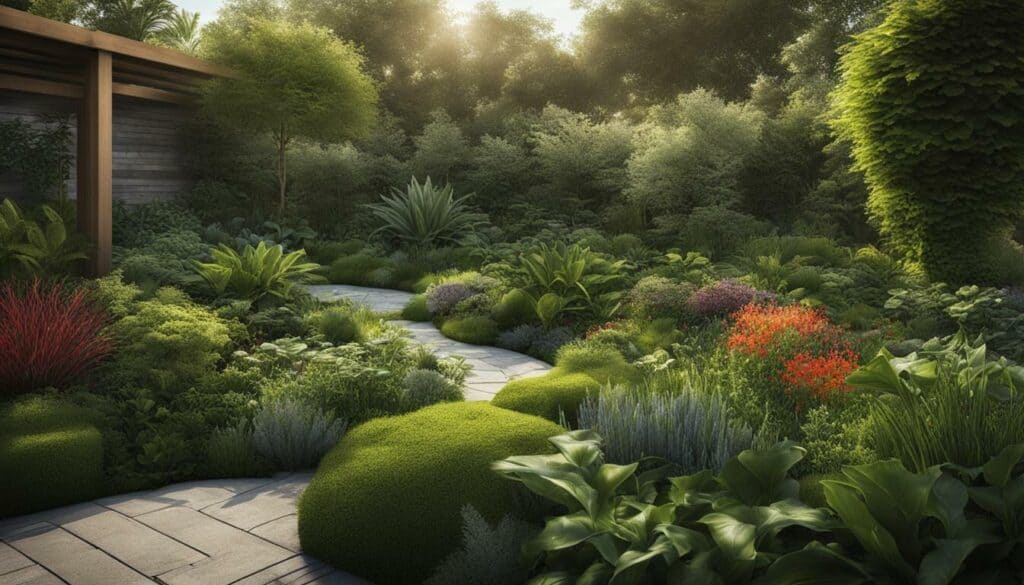
Engaging in Fun Projects
Engage in fun and hands-on projects like building a bean teepee or crafting wildflower seed paper. Gardening can be a fulfilling hobby that provides a sense of accomplishment and joy. With easy gardening ideas and beginner gardening tips, you can create a beautiful garden without feeling overwhelmed.
One project to consider is designing and planting your garden. You can start by choosing plants that are easy to care for and arranging them in a thoughtful manner. Additionally, creating a wildlife-friendly garden can be a rewarding experience.
Another fun project is growing your own fruits and vegetables. You can start small with herbs and lettuce and gradually work your way up to more challenging crops. Not only is it a satisfying experience, but it can also provide you with fresh produce.
When it comes to garden design, there are various offers available for purchasing bulbs and plants to enhance your garden. You can also consider creating a budget-friendly flower garden by selecting colors for multiple seasons.
For those who want to create an eco-friendly garden, there are tips and techniques available such as vermicomposting and no-till gardening. These practices can enhance soil quality and attract pollinators to your garden.
Whether you’re a child or an adult, there are different gardening projects that you can undertake. A book on gardening can help you explore and try out new techniques and projects. From creating a fairy garden to building a scarecrow, the possibilities are endless.

Engaging in fun projects like gardening can provide joy, relaxation, and a sense of accomplishment.
Embrace the Joys of Simple Gardening
Draw on gardening experiences and knowledge to guide beginners and seasoned gardeners alike. Embrace the joys of simple gardening and discover the rewards it brings. With step-by-step guides and practical videos, you can learn about designing and planting a garden, growing your own fruit and vegetables, and creating a wildlife-friendly space.
Reading Plant Tags and Care Tips
Gardening success is all about paying attention to the specific needs of your plants. Reading plant tags is essential for understanding their requirements for sunlight, water, and soil. With care tips and attention, your plants will flourish.
Nurturing Your Soil
Good soil is the foundation for a healthy garden. Nurturing it with compost, mulch, and other organic amendments nourishes plant roots and promotes healthy growth. Take the time to test your soil and apply the right amendments for the best results.
Understanding Light Conditions
Light conditions are essential for determining which plants will thrive in your garden. Whether you’re gardening indoors or outdoors, understanding your light conditions will help you select the right plants for your space.
Starting Small with Easy-Care Plants
For beginners or those with busy schedules, starting small with easy-care, low-maintenance plants is recommended. As your confidence and knowledge grow, you can take on more challenging plants and expand your garden.
Timing Your Planting
Knowing your hardiness zone and frost dates is essential for successful outdoor gardening. Plan your planting schedule accordingly to ensure your plants have enough time to mature before the frost arrives.
Creating Budget-Friendly Flower Gardens
Designing a flower garden on a budget is easy when you choose perennials or repurpose annuals from different seasons. Selecting colors for multiple seasons will also help you get more bang for your buck.
Finding Solace in the Garden
Gardening can be therapeutic and provide physical and mental well-being. Enjoy the quiet and beauty of your garden, let it be your escape and solace, and find joy and tranquility in simple gardening.
Embracing Eco-Friendly Practices
Eco-friendly gardening techniques like vermicomposting and no-till gardening are great for the environment and your garden. Attracting pollinators with native plants is also an important part of eco-friendly gardening.
Engaging in Fun Projects
Gardening is not just about growing plants, but also about engaging in fun and educational projects. Build a bean teepee or craft wildflower seed paper with your children or friends and enjoy the process of gardening together.
Embrace the Joys of Simple Gardening
The book “Embrace the Joys of Simple Gardening” offers guidance on planning, building, planting, and caring for a garden. It also includes profiles of common crops and eco-friendly gardening tips. With this book, you can take the first step towards discovering the joys and rewards of simple gardening.
FAQ
Q: What is simple gardening?
A: Simple gardening refers to a beginner-friendly approach to gardening that focuses on easy care plants and low maintenance techniques.
Q: Why should I read plant tags?
A: Plant tags provide important information about the plant’s needs, such as sunlight requirements, watering preferences, and mature size.
Q: How can I improve the quality of my soil?
A: To improve soil quality, you can add organic matter such as compost or well-rotted manure, and regularly test and adjust pH levels if necessary.
Q: How do I choose plants suitable for my light conditions?
A: Understanding the amount of sunlight your garden receives will help you select plants that can thrive in those specific light conditions.
Q: How can I start gardening if I’m a beginner?
A: It’s best to start with easy-care, low-maintenance plants to build confidence and gradually take on more challenging ones as you gain experience.
Q: What are hardiness zones and why are they important?
A: Hardiness zones indicate the regions where specific plants can survive and thrive. Knowing your zone helps you choose plants that are suitable for your climate.
Q: How can I design a flower garden on a budget?
A: You can create a budget-friendly flower garden by choosing perennial flowers that come back year after year and opting for plants that have multiple seasons of interest.
Q: What are some eco-friendly gardening practices?
A: Eco-friendly gardening practices include vermicomposting, which uses worms to break down organic matter, and no-till gardening, which avoids disturbing the soil structure.
Q: What are some fun gardening projects I can try?
A: Fun gardening projects include building a bean teepee for climbing plants or crafting wildflower seed paper to attract pollinators to your garden.
Q: What are the joys of simple gardening?
A: Simple gardening brings joys such as tranquility, a connection with nature, and the satisfaction of watching your plants grow and thrive.
What Are Some Tips for Unlocking Joy in Gardening?
Gardening offers a plethora of opportunities to unlock the joy of gardening in backyard today. To foster this joy, start by selecting plants that bring you happiness. Incorporating colorful blooms and fragrant herbs can heighten your gardening experience. Embrace the process and focus on the small victories, like a blooming flower or sprouting seedling. Enjoy the calmness and serenity that comes from connecting with nature while nurturing your own garden oasis.
Source Links
- https://stacyling.com/three-garden-tips-that-will-make-your-life-easier/
- https://www.gardenersworld.com/how-to/gardening-for-beginners/
- https://simplylivingwell.com/gardening-for-everyone
- https://growinginthegarden.com/gardening-for-beginners-how-to-start-a-garden-in-8-simple-steps/
- https://www.realhomes.com/advice/garden-design
- https://simplysmartgardening.com/garden-design-how-to/
- https://www.houseandgarden.co.uk/gallery/designing-a-garden
- https://plantperfect.com/how-to-understand-plant-tags-and-growing-zones/
- https://www.epicgardening.com/plant-labels/
- https://www.bhg.com/gardening/how-to-garden/understanding-information-on-plant-tags/
- https://www.gardeningknowhow.com/garden-how-to/soil-fertilizers/building-a-sustainable-garden-soil.htm
- https://downtoeartheugene.com/education/in-the-garden/gardening-info/build-and-nurture-healthy-soil/
- https://www.housebeautiful.com/uk/garden/a38746812/garden-soil-plants/
- https://www.johnson.k-state.edu/lawn-garden/agent-articles/miscellaneous/defining-sun-requirements-for-plants.html
- https://savvygardening.com/light-for-house-plants/
- https://extension.umn.edu/planting-and-growing-guides/lighting-indoor-plants
- https://www.almanac.com/vegetable-gardening-for-beginners
- https://www.homesandgardens.com/gardens/best-plants-for-beginners
- https://anoregoncottage.com/11-easy-care-plants-and-a-few-to-avoid/
- https://journeywithjill.net/gardening/2015/12/10/how-to-make-time-for-a-garden/
- https://www.housebeautiful.com/uk/garden/designs/g28/garden-ideas-on-a-budget/
- https://www.realhomes.com/advice/cheap-garden-ideas
- https://www.idealhome.co.uk/garden/garden-ideas/budget-garden-ideas-197528
- https://www.mygiantstrawberry.com/blog/finding-solace-in-the-gardens-beauty-why-i-grow-blooming-plants-indoors
- https://radicle.substack.com/p/finding-solace-in-the-garden
- https://www.pbs.org/newshour/show/landscape-designer-piet-oudolf-on-finding-solace-in-the-garden
- https://www.ecogardeners.com/gardening-landscaping-tips-info/eco-gardening-tips-for-greener-garden/
- https://www.dandys.com/blogs/news/embrace-sustainable-gardening-with-no-dig-gardening-methods
- https://www.homesandgardens.com/gardens/create-an-eco-friendly-garden-220348
- https://www.teachingexpertise.com/classroom-ideas/gardening-activity-for-kids/
- https://www.weareteachers.com/classroom-gardening-ideas/
- https://www.momjunction.com/articles/creative-fun-gardening-activities-for-your-kid_0082362/
- https://happymomblogger.com/2023/07/07/the-joys-of-gardening-the-secrets-to-a-happier-life/
- https://medium.com/@WilliamTheWriter/the-joy-of-growing-your-own-garden-gardening-as-a-hobby-f6b80197cc7a
- https://www.vivavita.org/post/the-joy-of-gardening-how-to-embrace-outdoor-space-to-maximize-well-being

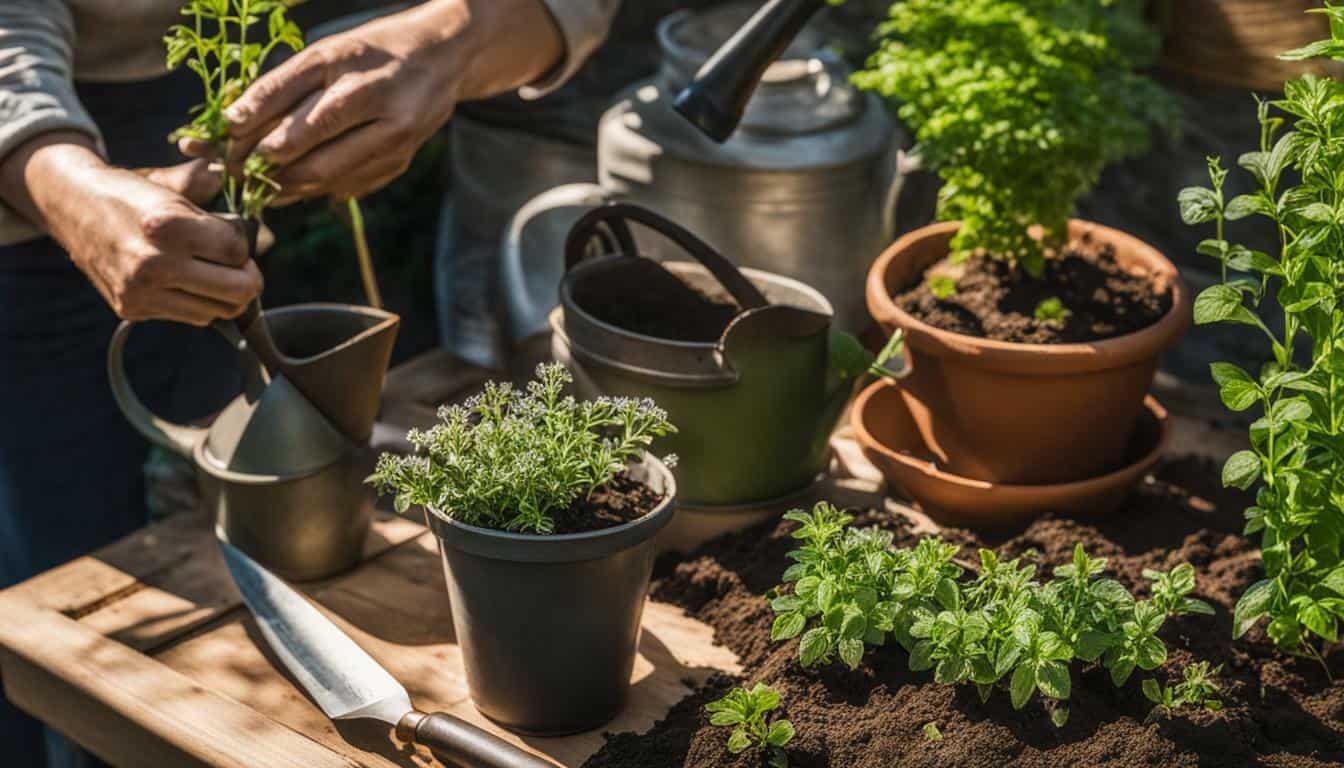



Leave a Reply